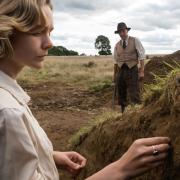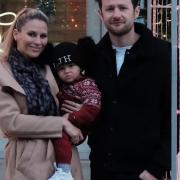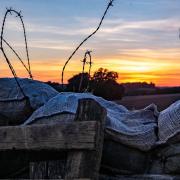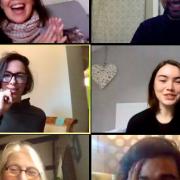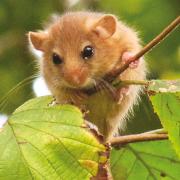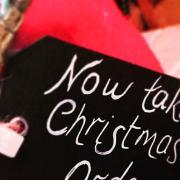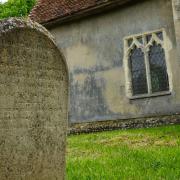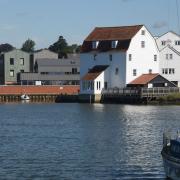How do you tell a buzzard from a tawny owl? In Bradfield Woods Matt Gaw collects feathers and plays ‘what bird is that?’

Autumn is in the air. Or rather it was.
The wind is up in Bradfield Woods this afternoon, knocking the branches of the coppice together like boat masts at harbour. A soft, wooden clinking.
The rain that has come in fits and starts all day has turned the rides to foot-fretted, puddle-pocked mud and among fallen leaves and twigs as thick as a finger, there are feathers. This time of the year is the moult season for birds. Feathers worn from months of flight, from beating cool against the heat of day, have been dropped to earth, their edges frayed from thermal uplift and summer showers, quills weakened and brittle.
Some are easy to recognise. Even pressed into the mud, with the curve of their backs broken, the gunmetal grey of the pigeon, dark-tipped and spitfire-striped, is easy to spot. There too, clinging to briar and bramble, is the delicate sunset orange of the pheasant’s breast feather and the dusty coal-black of the rook.

But there are many others I don’t recognise, downy and chickenish, the colour of old snow. I suspect most of these are probably from pigeons too, but I also remember something from childhood. Someone once told me they were angel feathers, that to see them was a sign you were being watched over. To catch one as it fell was to be blessed with good luck. It’s a nice thought, but I’m not sure angels moult.
Read a sailor’s last fond farewell to Orfordness Lighthouse

The dog is snoofling ahead of me, her nose deep into scrub still wet from the last drenching. She emerges triumphant with a large feather and after a quick shake to make sure it’s dead, begins crunching on the tip of its quill.
I move closer to get a better look. It’s from a buzzard, maybe the one I heard mewing overhead as I entered the wood. I rescue it and hold it up to the light, looking at the white and brown mackerel stripes that mark the vane.
Even before the dog’s attention, the feather must have been pretty bedraggled. The fluff of the afterfeather is wet and dishevelled, the barbs of the feather separated like an overloaded mascara brush. Even so, just the size of it, makes it impressive.
I wonder if it’s big enough for the bird to have noticed the loss. Is losing a feather like losing a strand of hair, or is it a physical sensation? A pricking, a pulling. Does a buzzard watch a feather fall in the same way a driver watches a hubcap spin away from their car?
I flap the feather about while the dog watches, tongue lolling, eager to get it back. A single feather is like a footprint. A sign of passing, a suggestion of something wild. A fleeting, soft fossil that still holds magic in its barbs.
I find two more feathers and decide to take them home. One, black and covered with white polka-dots, comes from the unravelling dandy suit of a great spotted woodpecker. No longer than my pinky, it is a wing feather, responsible for the bird’s bouncing flight through the woods.
The other, I want to check, but I think (I hope) comes from a tawny. The feather is shaped like a primary – one of the bird’s ‘fingers’ – and reddish brown with dark bands. Although it is pretty muddy, I think I can see the soft fringes that allow for silent, owlish flight.
The rain is coming down hard by the time I park outside my house, the water flowing quickly down the street and creating deltas that pour over dust-blocked drains. Upstairs, I open my well-thumbed guide that itself looks ready to moult. The green woodpecker feather is there, but there’s no sign of the tawny.
I check through the lint of my coat pockets again, my trousers. I run back out to the car and check down the back of seats and in the footwell. It’s gone. Even birdless, it seems my little fragment of tawny is flighty.




